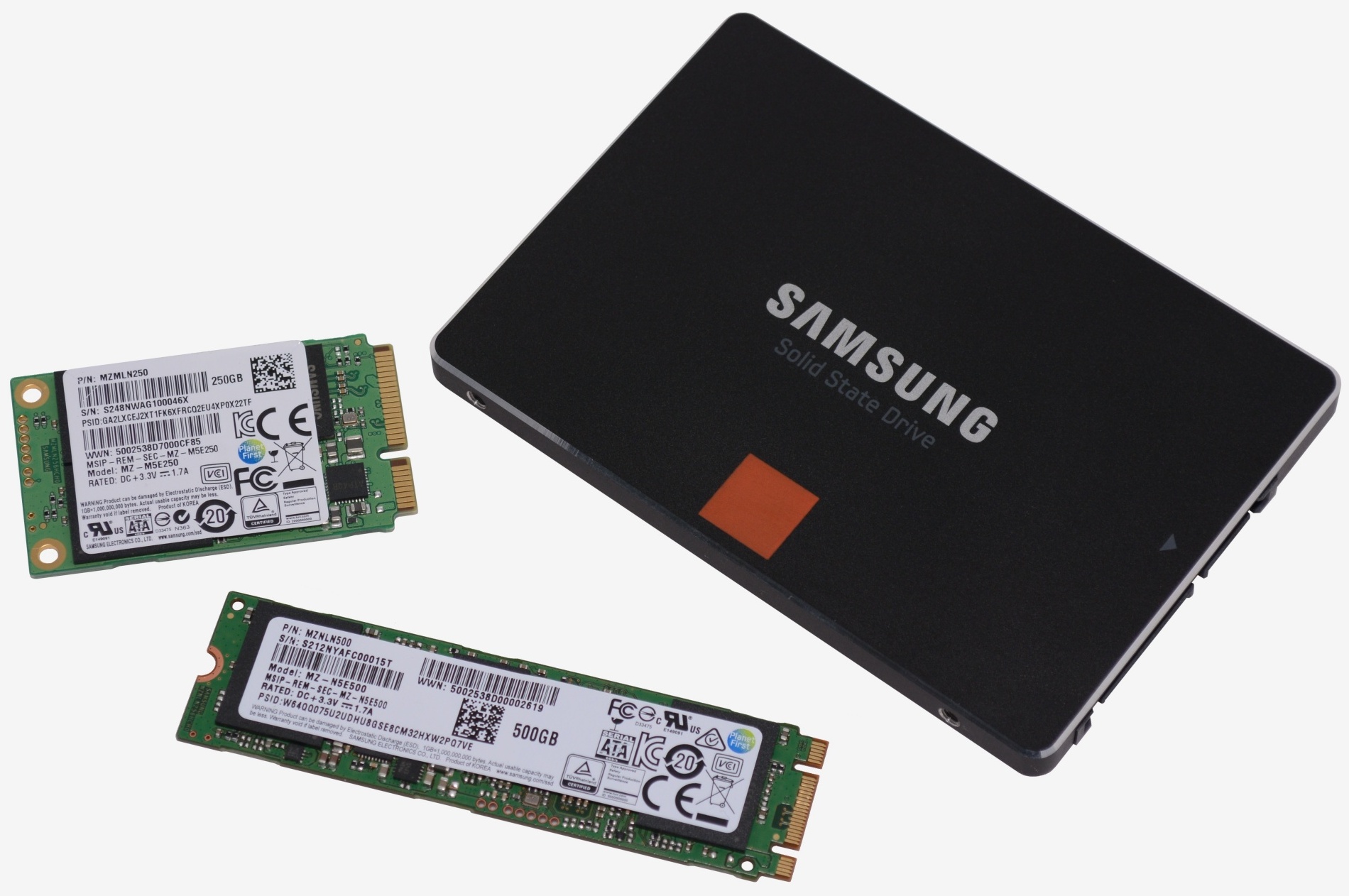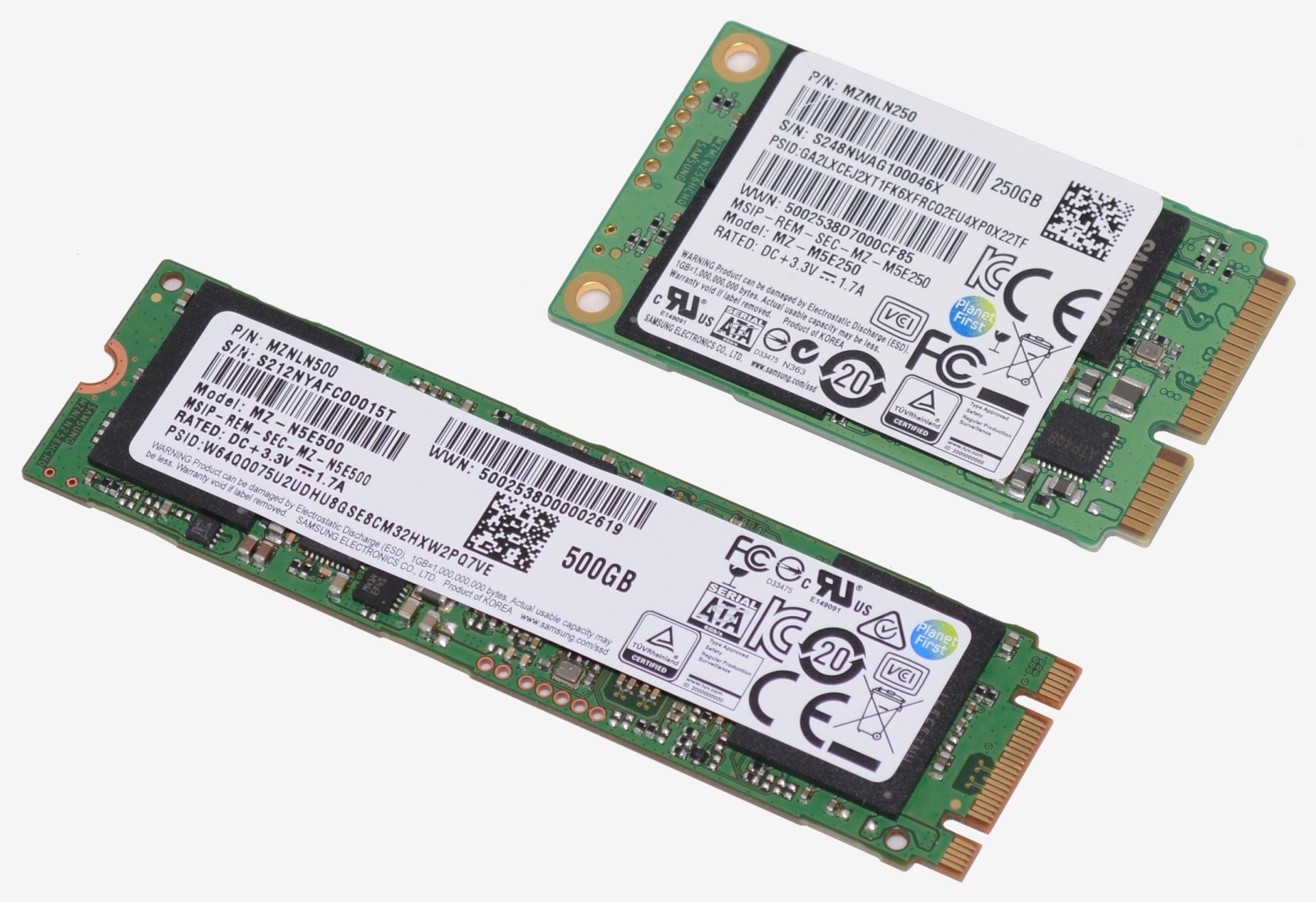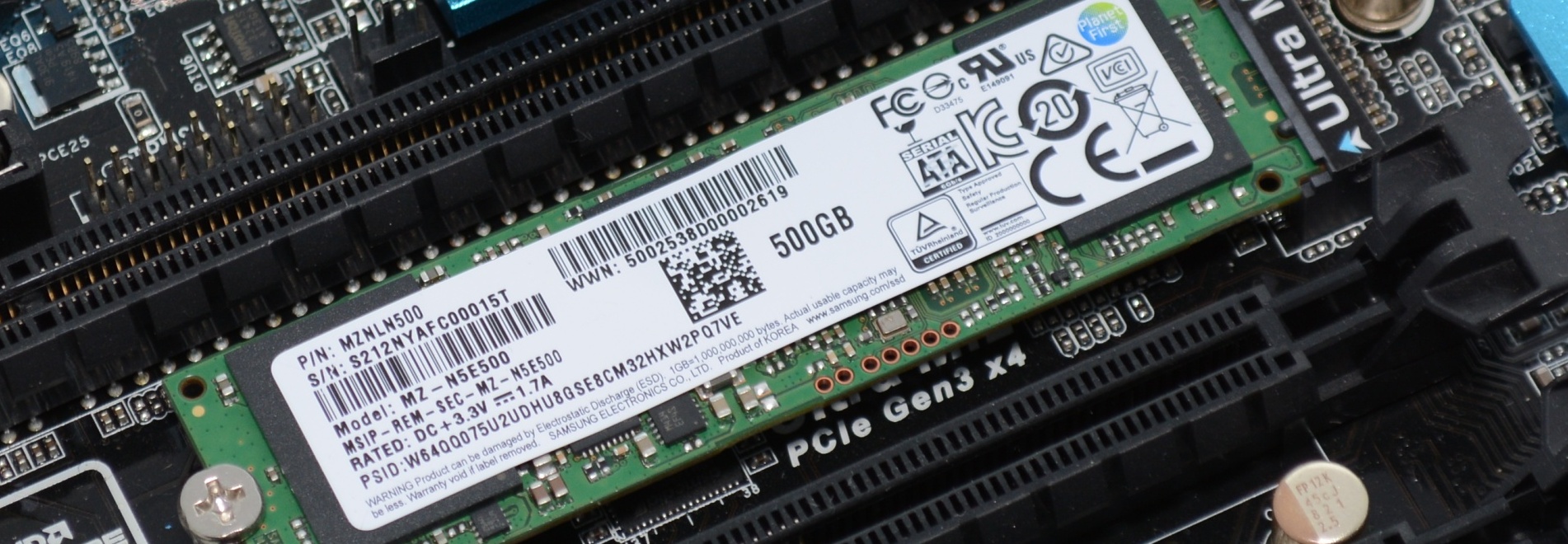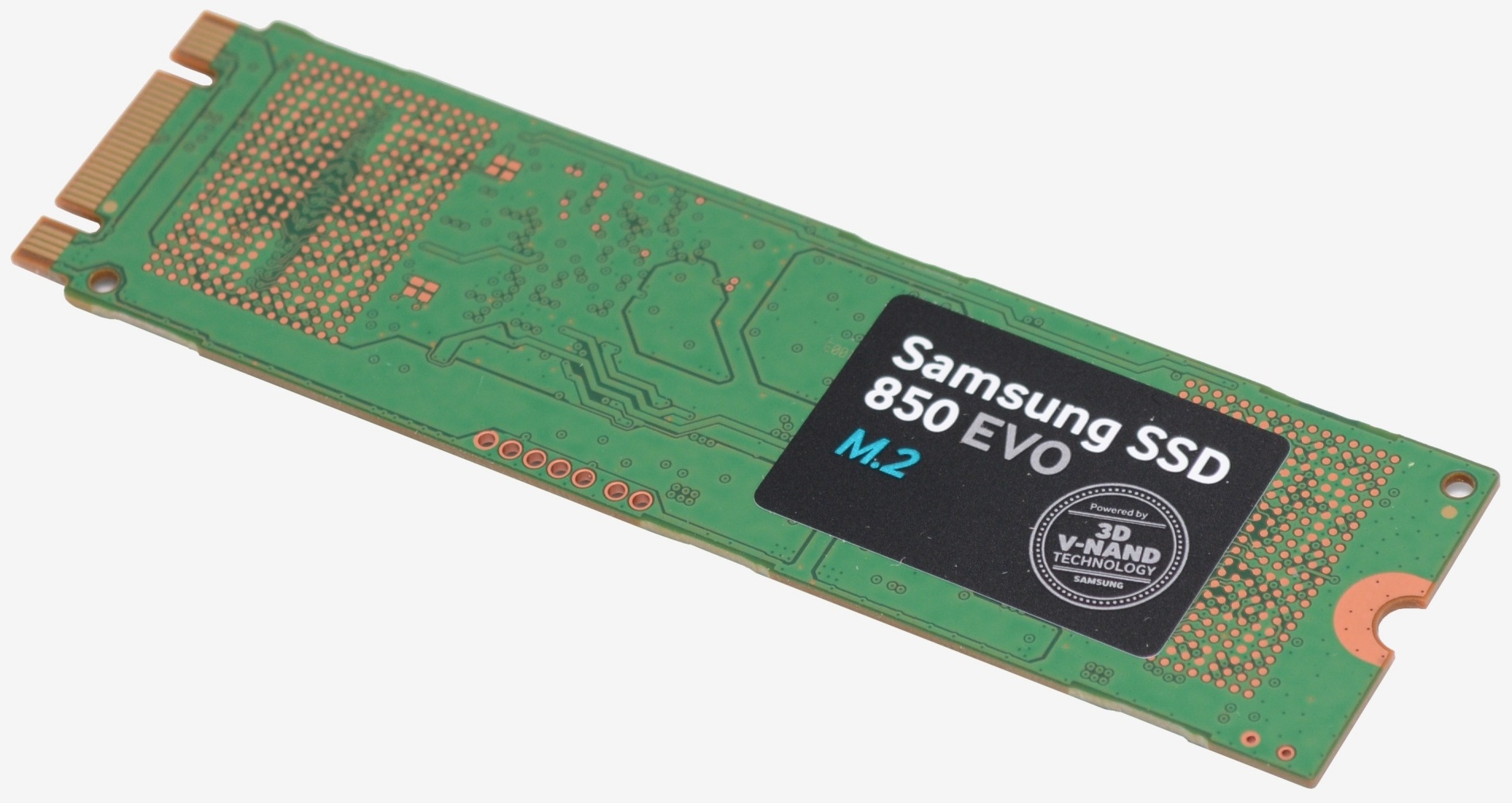"Let the good times roll" must be what Samsung's SSD division is thinking right about now. After delivering what is still the world's fastest SATA SSD last summer, Samsung tempted value-oriented enthusiasts in December with its 'V-NAND'-based 850 Evo series. Like the 2013's 840 Evo, the 850 Evo was equipped with TLC NAND, albeit with the twist of being 3D TLC NAND – known as V-NAND in Samsung's solutions.
Whereas NAND is usually built horizontally (flat), this limits density. V-NAND builds upwards making it horizontal and vertical, hence 3D, allowing Samsung to stack layer upon layer of transistors (cells) to greatly improve density. Additionally, while other manufactures are pushing 20nm NAND or smaller, Samsung is able to get away with the 40nm process.
On top of improving density, endurance and performance, this new design also helps to reduce production costs. Having already proven this with the 850 Pro and now 850 Evo series, Samsung has continued to push its V-NAND technology into more SSDs.
Earlier this year we saw the arrival of the T1 portable USB 3.0 SSD which was based on the 850 Evo's technology and today we have two similarly 'new' drives.
Like the T1, these are new 850 Evo products that focus on different form factors. Whereas the original 850 Evo series used the SATA 6Gb/s interface, these latest versions make use of the more compact mSATA and higher bandwidth M.2 interfaces.
Known simply as the Samsung 'SSD 850 Evo mSATA' and 'SSD 850 Evo M.2' these latest SSDs are designed for client PCs. The mSATA version will no doubt appeal to mobile and compact PC users, while the M.2 version will be more sought after by power users.
Samsung SSD 850 Evo mSATA
Rather than talk about the SSD 850 Evo features all over again, we will stick to features of the mSATA version. For starters, the mSATA drives will be available in 120GB, 250GB, 500GB and 1TB models, the largest of which uses the Samsung MEX controller and 1GB of LPDDR2 DRAM cache memory.
Meanwhile, the smaller 120GB/250GB and 500GB models use the Samsung MGX Controller and all have a 512MB LPDDR3 DRAM cache. All models have been given a maximum sequential read throughput of 540MB/s with a write speed of 520MB/s using the TurboWrite feature.
Being an mSATA drive, it measures just 29.8 x 50.8mm and is just 3.85mm thick. Moreover, the drive is not encased in anything, it is simply a small PCB with the mSATA pin connector. This coupled with the tiny dimensions mean that even the heaviest version (1TB) weighs just 8.5 grams.
The 850 Evo mSATA series is backed by a five-year warranty, though there is little chance it will die from being overworked in that time as the 120/250GB models allow for 40GB of data to be written per day and the 500GB/1TB models double that figure. That means the 120/250GB models are good for a total of 75TB of writes and 150TB for the 500GB/1TB models.
To put that into perspective I have been running a Samsung SSD 840 Pro drive in my main system for two and a half years now and have only written 27TB worth of data. On my current trajectory, my SSD will write around 54TB of data over five years, which is still well below the 75TB quoted for the smaller models.
Samsung SSD 850 Evo M.2
When the Haswell microarchitecture landed in June 2013 we were less excited about Intel's latest processors and much more interested in the new M.2 interface, formerly known as the Next Generation Form Factor (NGFF). At the time, mainstream SSDs were limited to the SATA 6Gb/s interface and although some used PCIe adapter cards, they were expensive and far less practical.
The way forward was clearly SATA Express and its small form factor alternative M.2 which provides support for PCI Express 3.0 and Serial ATA 6Gb/s. Although we just looked at the mSATA version of the SSD 850 Evo, the M.2 form factor actually replaces mSATA.
Whereas mSATA uses the PCI Express Mini Card physical layout, M.2 is a more flexible physical specification that allows for different module widths and lengths. More importantly, M.2 provides considerably more bandwidth (at least 2GB/s) which is over triple that of the SATA 3.0 bus.
However, just because there is 2GB/s worth of available bandwidth doesn't automatically make M.2 SSDs faster than SATA SSDs. Some M.2 SSDs are still bound by the constraints of the SATA 3.0 interface while others are designed to use PCIe x2 and PCIe x4 bandwidth.
Unfortunately, the 850 Evo M.2 is still a SATA 6Gb/s SSD which limits it to a theoretical peak bandwidth of just 600MB/s.
There are few true PCIe M.2 SSDs available today. A popular example is the Samsung XP941, which is a PCIe Gen2 4-lane M.2 SSD boasting a sequential read speed of up to 1170MB/s and a write speed of 950MB/s.
The 850 Evo M.2 series comes with a more modest throughput of 540MB/s read and 500MB/s write (note that the write speed is 20MB/s slower than the mSATA models).
Although the 850 Evo M.2 series uses the M.2 form factor, that doesn't narrow down the dimensions or connectors like it does with mSATA. The M.2 form factor features three different connectors or 'keys' which specify the maximum number of PCIe lanes the drive can use.
The keys are known as the "B key", "M key" and "B & M key". The "B key" is limited to two PCIe lanes while the "M key" can utilize four PCIe lanes. Oddly, most drives limited to PCIe x2 are keyed for B and M allowing them to work with both sockets, leaving just the PCIe x4 drives using the "M key".
If that weren't confusing enough, not all M.2 drives are the same length or width and some motherboards are less flexible than others. The M.2 standard allows module widths of 12, 16, 22 and 30mm, and lengths of 16, 26, 30, 38, 42, 60, 80 and 110mm.
Currently, M.2 drives intended for use in PCs are 22mm wide, but they come in a variety of lengths.
To make it easier to determine a drive's dimensions, both the width and height are expressed in a single number that combines the two dimensions. For example, the 850 Evo M.2 series is 22mm wide and 80mm long so they are listed as being a 2280 (22mm x 80mm).
Despite allowing for drives longer than 110mm, Samsung has limited its M.2 range to a maximum capacity of 500GB, so there's no 1TB model.










